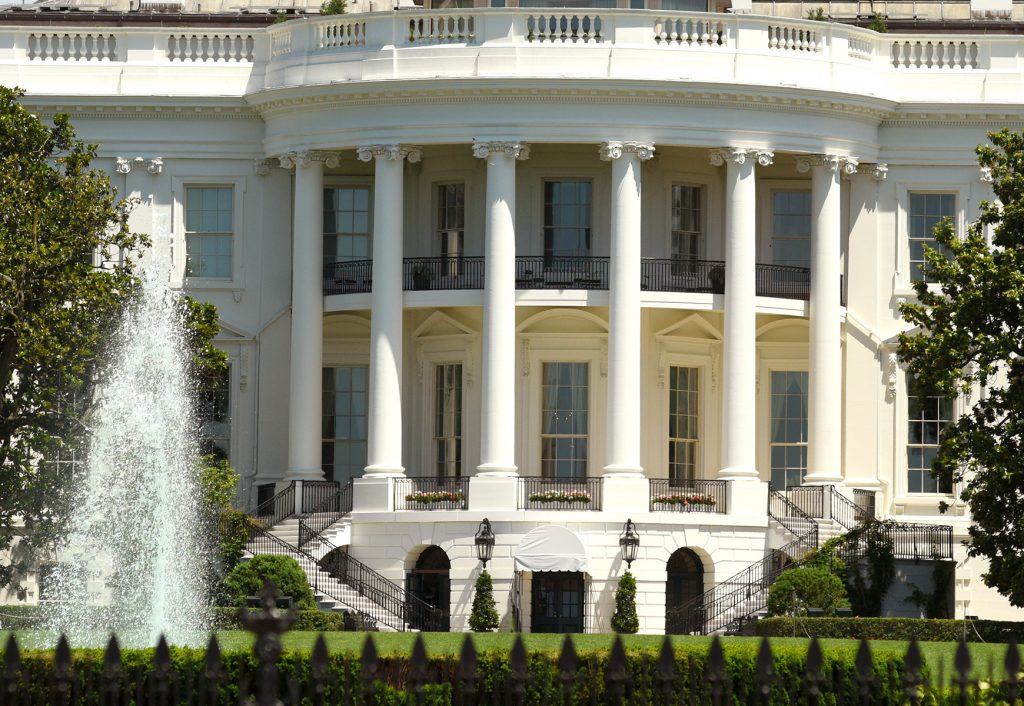When Special Counsel Robert Mueller broke his long silence and gave a televised address on May 29, he didn’t take any questions from the assembled press. And he didn’t say much of anything that would surprise those who had been closely following the story. Most of his more striking quotes, including the famous “If we had had confidence that the President clearly did not commit a crime, we would have said so” moment, were taken directly from his office’s written report.
Mueller’s conspicuous unwillingness to clear Donald Trump of obstruction of justice – while acknowledging that charging the President with a crime was “not an option” – has sparked a national discussion. Obstruction of justice is a serious issue, but it’s also a complicated one.
As a result, American Legal News is launching an ongoing project to analyze the second volume of the Mueller Report, which is dedicated entirely to the obstruction issue. In the coming days and weeks, ALN will look at several potentially obstructive steps taken by the President or those associated with him, all chronicled in the Mueller Report. But first, we’ll begin with an important question: exactly what is the definition of obstruction of justice under federal law?
(Many of the details in this series will be pulled from Quinta Jurecic’s analysis at the Lawfare blog. It’s an invaluable resource for anyone seeking to understand what the Mueller Report really says about obstruction of justice)
The Elements of Obstruction
The federal obstruction of justice statute is found under 18 US Code Chapter 73. The full statute can be reviewed here.
Of particular interest in this case is section 1512 of the obstruction statute, which addresses “tampering with a witness, victim or an informant.” Section 1512 is important, because the Mueller Report chronicles a range of incidents in which the President or others seemed intent on undermining the case against the President by, for example, attempting to persuade Paul Manafort and Michael Cohen not to cooperate with the Special Counsel.
The authors of the Mueller Report place a great deal of emphasis on three elements that they say are “common to most of the relevant [obstruction] statutes:” an obstructive act, a “nexus” between the act and an official proceeding and corrupt intent.
In other words, for the President (or any individual or organization under investigation for obstruction) to run afoul of the obstruction of justice statutes, it’s necessary to prove that he committed an act designed to obstruct an official proceeding (for example, a trial or other judicial hearing) and that he did so for corrupt purposes.

Underlying Crimes and Presidential Authority
Much of the dispute in the obstruction of justice debate as it relates to the President is a disagreement over the “corrupt intent” element of the obstruction statute. When Attorney General William Barr sent his letter summarizing the Mueller Report to Congress, he zeroed in on that issue, saying that the behavior described in the Mueller Report fell short of obstruction in part because there was no clear evidence that Donald Trump or his campaign colluded with Russia in the 2016 election in the first place. Barr argued that the absence of evidence for collusion “bears upon the President’s intent….”
However, it’s important to understand that, under federal law, an underlying crime is not necessary for obstruction of justice. In other words, even if the President is completely, totally, 100 percent innocent of any conspiracy related to the 2016 election (and to be clear, the Mueller Report does not say that) he could still be guilty of obstruction of justice if he attempted to obstruct the investigation into Russian interference.
The other significant obstruction-related debate is over the legality of the President’s use of his constitutional powers. The President’s attorneys have argued that the President, by definition, cannot be guilty of obstruction of justice by exercising his legitimate powers. This is important, because one of the President’s most controversial – and potentially obstructive – acts was firing FBI Director James Comey in an effort to shut down the Russia investigation. There have also been rumors – which the President has publicly stoked – that the White House could offer pardons to associates who might potentially testify in a manner harmful to the administration.
No one disputes that the President has the power to fire the FBI director, and the President undeniably has the authority to pardon anyone he wishes. However, the Mueller Report argued that “Congress may apply the obstruction laws to the President’s corrupt exercise of the powers of his office….”
Mueller was bound by an existing Office of Legal Counsel opinion that said a sitting President could not be indicted. And he made a conscious decision that the spirit of that opinion prohibited him from even making a determination as to whether the President committed a crime. However, as the now-former Special Counsel said in his May 29 appearance, “…the Constitution requires a process other than the criminal justice system to formally accuse a sitting President of wrongdoing.”
In the next edition of this special series, we’ll begin examining the specific, potentially obstructive behavior investigated by the Special Counsel.



Excellent investigative reporting.
And like the idea of a series of stories